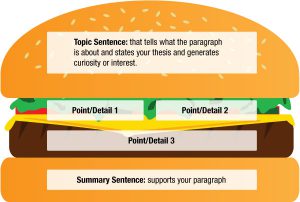Amani Gillette’s Story
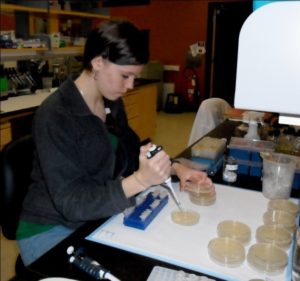
Amani Gillette, a junior from LaFollette High School in Madison, started the Biotechnology Youth Apprenticeship Program (YAP) in Fall Semester, 2010. An outstanding youth apprentice (YA) throughout her two years in the program, she excelled in both the specialized laboratory course at the BTC Institute and in her work site research under the mentorship of Professor Margaret McFall-Ngai, UW-Madison Department of Medical Microbiology & Immunology. Amani’s characterization of a gene and protein found in a small tropical squid resulted in her first scientific publication and poster presentation.
Fast forward— after receiving a B.S. in Biomedical Engineering at Michigan Technological University (which included working in a tissue engineering lab and two summers interning at Promega Corporation under the supervision of Dr. Dan Lazar to help develop an assay for autophagy), Amani is now back in Madison. She is in her second year of graduate school and, working with Dr. Melissa Skala at the Morgridge Institute for Research, is currently mentoring Biotechnology YA Ava VanDommelen (senior from DeForest High School). Following in Amani’s footsteps, Ava will present her research nationally this January at the SPIE conference (the International Society of Optics and Photonics). Continue reading “Playing it Forward: Biotechnology Youth Apprenticeship and Mentorship”
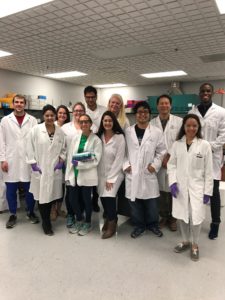
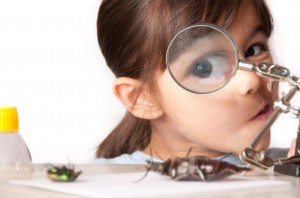
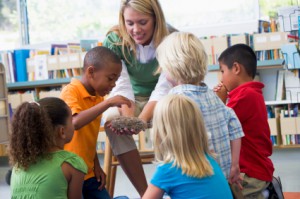
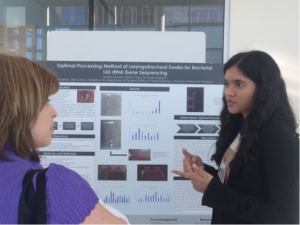
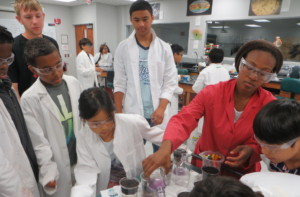 This motivational quote has echoed throughout my life from childhood. It has inspired me to be fearless in dreaming, to be ambitious and to reach for those goals without fearing failure. So, naturally at the ripe age of 10, my goal was to become a scientist and discover a cure to both AIDS and cancer with a secondary plan of becoming this nation’s first female President. However, as I grew older, I realized my genuine interest and excitement for science and that I enjoyed not only learning about various scientific concepts but also sharing this information with others. Therefore, I completed a Bachelor’s of Science degree with a major in Molecular Biology and minor in Chemistry and decided to continue my studies as a graduate student at UW-Madison in the Cancer Biology graduate program. My goal was to graduate and aid in disseminating scientific knowledge.
This motivational quote has echoed throughout my life from childhood. It has inspired me to be fearless in dreaming, to be ambitious and to reach for those goals without fearing failure. So, naturally at the ripe age of 10, my goal was to become a scientist and discover a cure to both AIDS and cancer with a secondary plan of becoming this nation’s first female President. However, as I grew older, I realized my genuine interest and excitement for science and that I enjoyed not only learning about various scientific concepts but also sharing this information with others. Therefore, I completed a Bachelor’s of Science degree with a major in Molecular Biology and minor in Chemistry and decided to continue my studies as a graduate student at UW-Madison in the Cancer Biology graduate program. My goal was to graduate and aid in disseminating scientific knowledge.